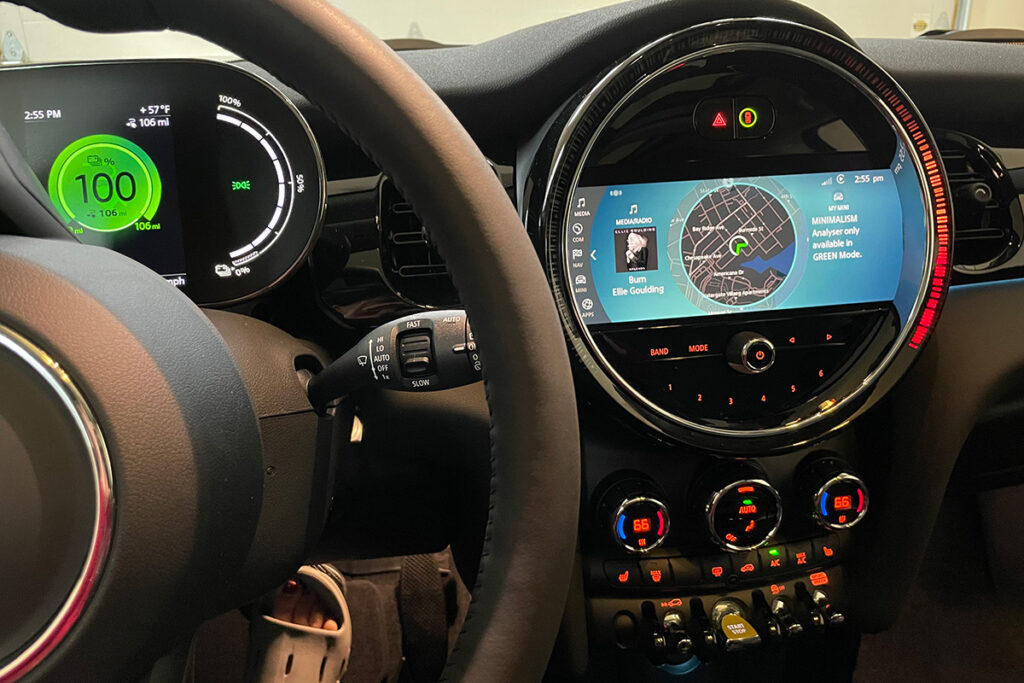
I love new technology until I don’t. My recent purchase of an electric car was both thrilling and terrifying. Thrilling because I love its environmental friendliness, the way the car looks, and how it handles. Terrifying because I am still trying to figure out how it works.
I have been driving a car for decades, but feel like I am back in driver’s ed learning how to turn on the radio, use the various modes of driving, getting used to regenerative braking, and how far I can go on a single charge.
And the company hasn’t made it easy. My husband advised reading the owner’s manual. So I sat in the car thumbing through the black and white sometimes blurry pages with hard-to-read small print for an hour, and I still can’t figure out how to unlock the car from inside. I feel like an airline pilot with all the lights and features on the dashboard, various modes of driving, and regenerative braking. It feels so complicated that the fear kicks in and then the mind goes blank.
The struggles I am having with my new car reminded me of how challenging brands can make it for customers and supporters to understand and appreciate their products and services because they simply aren’t clear. Untangled complexity at best confuses and at its worst frustrates.
What are some ways to simplify messages?
- Know your audience. Take the time to understand where your audience is in terms of familiarity with your brand, your product, and what they need and want from what you offer. Try to tailor to different people coming from different perspectives. When that isn’t always possible such as writing an owner’s manual, don’t assume they have a good understanding.
- Think about what is most important for your audience to know and understand. Many brands and nonprofits overload their messaging with too many points, too many examples, and in short too much. If it looks too hard, people will not engage.
- Layer your communication. Present a point and then provide an avenue for people to get more information.
- Avoid jargon and if you use technical words, explain them.
- Use visuals. Photos, drawings, diagrams, and charts can help support your words, but make sure they are easy to read and follow. Leave plenty of room for white space. And don’t make the print so small that even those with 20/20 vision will need assistance to read it.
- Test the messages with your intended audiences. Listen to and act on their feedback.
Making your brand or your cause easy to understand is critical to increasing revenue, acquiring and retaining customers, and enlisting supporters. If it’s too hard you will lose them, unless they are so committed to your product, service, or cause that they will put up with some pain. That’s where I am with my car. My next step, book some time with the dealer to show me how to use the car.

